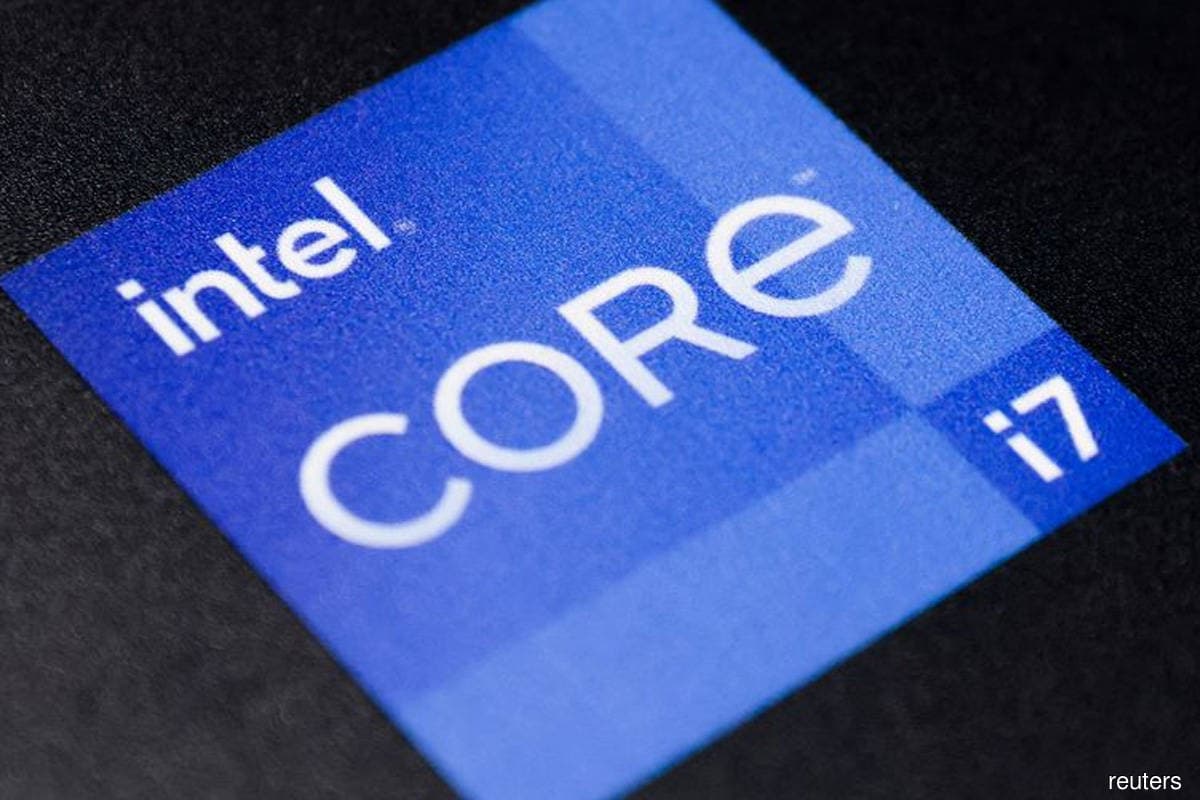
(Jan 27): Intel Corp gave one of the gloomiest quarterly forecasts in its history after a personal-computer slump ravaged the chipmaker’s business, sending shares tumbling and further setting back turnaround efforts.
The company predicted a surprise loss in the current period and a sales range that missed analysts’ estimates by billions of dollars. At the low end of Intel’s projections, revenue would be the smallest quarterly total since 2010.
It’s a painful admission for a company that has been attempting a multi-year comeback under chief executive officer Pat Gelsinger, who took the helm in 2021. A post-pandemic downturn for Intel’s main business, PC chips, has torpedoed efforts to get the company’s financial performance back on course. Instead, it’s only losing more ground.
“I’d like to remind everyone that we’re on a multi-year journey,” Gelsinger said during a conference call.
Intel shares fell 9.3% on Friday (Jan 27) in premarket trading following the announcement. Earlier, they closed at US$30.09.
The stock had increased 14% this year, part of a rally for chip equities, but Intel’s after-hours decline threatens to wipe out most of that gain.
The latest results and outlook were both “very weak”, Wells Fargo & Co analyst Aaron Rakers said in a note, and there was no forecast for the full year — adding to the uncertainty.
Beyond Intel, the figures indicate that the slump in demand for PCs may persist this year, and the results weighed on shares of chipmakers like Advanced Micro Devices Inc and Nvidia Corp.
Intel predicted that its gross margin — the percentage of sales remaining after deducting the cost of production — would be 39% in the first quarter. That’s down 14.1 points from the same period a year ago and more than 10 points narrower than that of its nearest rival, AMD.
First-quarter sales will be US$10.5 billion to US$11.5 billion, the chipmaker said. That compares with an average Wall Street estimate of US$14 billion. Intel expects to lose 15 cents in the quarter, excluding some items. Analysts had projected a profit of 25 cents.
On an adjusted basis, Intel’s first-quarter forecast marks its first prediction of a loss in decades.
To get back on track, the company needs computer makers to quickly work through inventory stockpiles and return to ordering components. That would help Intel shore up its finances, which were already stretched by ambitious plans to upgrade its technology.
Intel has been cutting costs to cope with the slowdown. Three months ago, it said that headcount reductions, slower spending on new plants and other belt-tightening moves will result in savings of US$3 billion this year. That figure will swell to much as US$10 billion annually by the end of 2025, the company said.
“We will continue to navigate the short-term challenges while striving to meet our long-term commitments,” Gelsinger said in a statement.
Under Gelsinger’s plan, Intel aims to accelerate the introduction of new manufacturing technology — ramping up at a rate that’s never been attempted before in semiconductors. He’s also planning to build factories in the US and Europe, shifting the concentration of production away from Asia.
And Gelsinger looks to turn Intel into more of a contract manufacturer, handling outsourced work for other companies and challenging Taiwan Semiconductor Manufacturing Co.
The hefty cost of making all those dreams come true was a concern for analysts and investors even before the latest downturn.
Intel is expected to get government assistance to help finance factory expansion, and its cost-cutting plan will help. But regaining market share and returning its once-enviable profit margins to the mid-50% range is “no small endeavour”, Jason Pompeii, an analyst for Fitch Ratings, said in a note.
On a brighter note for investors, the company remains committed to offering a competitive dividend, chief financial officer Dave Zinsner said Thursday.
In the fourth quarter, Intel posted a net loss of US$664 million, or 16 cents a share, down from a profit in the same period a year ago. Revenue dropped 32% to US$14 billion, hitting its lowest level since 2016.
Excluding certain items, earnings were 10 cents a share. Wall Street was looking for a profit of 19 cents on sales of US$14.5 billion.
The company expects “volatility across all markets” this year. The PC market will be a particular weak spot, shrinking to the lower end of Intel’s range of predictions — or about 270 million units.
The server market will also contract in the first half of the year, Intel said. Like PC makers, those customers are cutting orders while they work through unused stockpiles. Intel expects the server market to resume growth in the second half of 2023.
Client computing revenue shrank 36%, and operating income at the PC chip unit contracted 82%. The consumer and education markets were especially hard hit, Intel said. Data-centre sales contracted by a third, and that businesses’ operating profit was slashed by 84%.
The grim results show Intel falling further behind rivals. Its 2022 revenue total was lower than that of TSMC, a chipmaker that supplies many of the US company’s competitors and enables some customers to design their own components. Already, the once-dominant Intel had fallen behind Samsung Electronics Co in sales.
The computer industry is undergoing a giant reset in the aftermath of a sales surge fuelled by the work-from-home trend. PC shipments sank 16% in 2022 and will decline again to as little as 260 million this year, according to an estimate by Northland Securities analyst Gus Richard. That’s down from nearly 350 million in 2021.
Intel still dominates the market for processors used in servers, with a share of more than 70%. But its hold on that lucrative market has slipped. The company was slow to introduce new products in recent years, and rivals such as AMD made gains. Some customers also are developing in-house chips to replace Intel processors.
That’s all brought a painful comedown for Intel, which once controlled 99% of the market.
